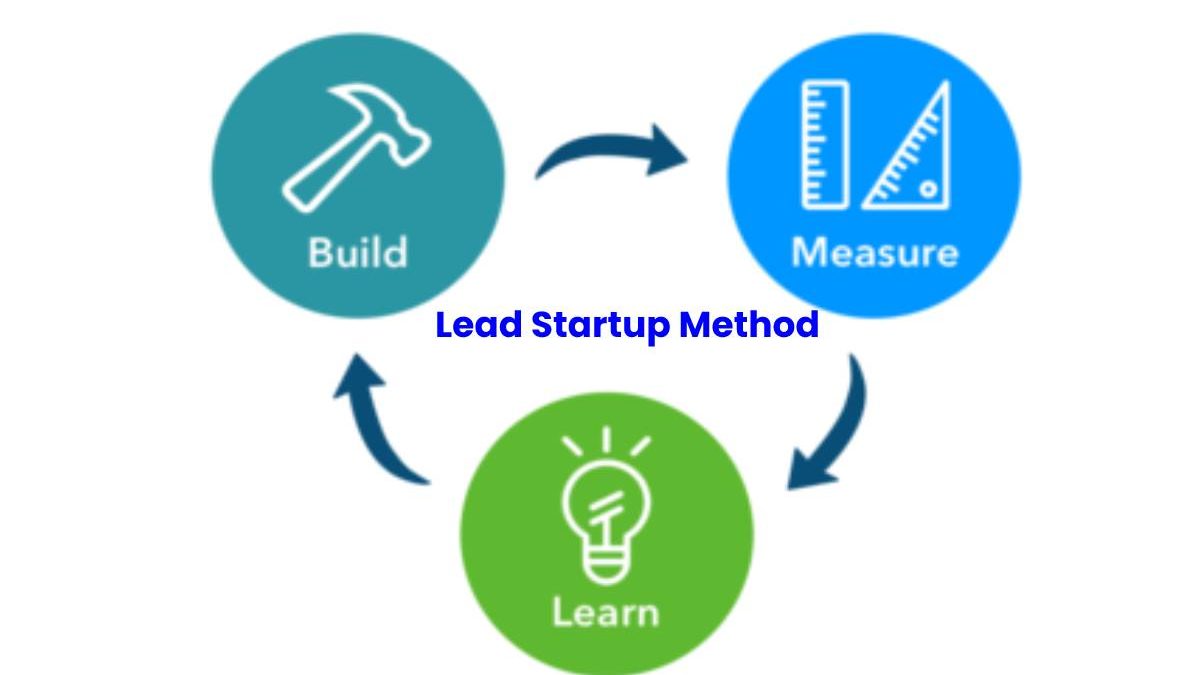Table of Contents
What is the Lean Startup Method?
The lean startup method is a methodology based on “validated learning,” that is, gradually verifying the hypotheses before having the final product (the definitive startup) and starting to scale the business.
The idea is to define and shorten the development cycles, launching different proposals for a while. And also, obtaining precious feedback from our potential customers or users to improve the next final version of the product.
It is the fashionable concept in the entrepreneurial world, where the guidelines and resources to develop a project are very different from doing it in a large company.
The Origin of the Lean Startup Method

The original concept came from Steve Blank, entrepreneur and mentor from Silicon Valley, when he began to develop a product validation methodology based on customer development (Customer Development), which consists of knowing if our product meets their needs or wishes.
Later, Eric Ries, a student and disciple of Steve Blank, popularized it in his book “The lean startup method.” He shaped these ideas by building a methodology applicable to all kinds of new projects.
Techniques of Lean Startup Method
Within the lean startup, we distinguish three techniques:
1. Customer Development
- We check whether our product meets the customer’s needs. To do this, we go out and ask who would be our potential customers.
- We show them the product, they try it and give us their most honest and constructive opinions. And also thus, the final product builds, always with the focus on the customer.
2. Lean Business Model (Canvas)
- It consists of visualizing and designing a dynamic and visual business model, embodied in a canvas called the Canvas model by A. Osterwalder.
- It divides into grids, each one dedicated to a fundamental aspect of the business model: value proposition, income, expenses, acquisition channels, among others.
- And also, in these grids, ideas continually add and removed until a final version obtain.
3. Agile or Scrum Techniques
- It consists of dynamic and fast communication techniques to propose ideas, improvements and to configure the final project in a work team.
- For example, project management software can organize short and concise tasks or meetings to evaluate the day’s work before, and that too does that day.
5 Fundamental Steps in the Lean Startup Method

The fundamental steps in the lean startup method are:
1. Make a Hypothesis
- And also, part of a problem to solve and explain why the customer would be willing to pay for your offer.
- To identify the problem/pain, we can conduct a series of interviews with our potential clients and remember their concerns. We must know if the problem is painful enough to attack it.
2. Validate the Hypothesis
- From creating a product or service with the necessary minimum characteristics to see if the market wants to demonstrate how it works, anything is possible. And also, the goal is to know if people would like and buy it.
- This first validation will be from the “early adopters,” the first users to use it and the most likely to try new things in our sector.
3. Measure the Hypothesis
- The best way to know which metrics you will implement is by identifying the steps to follow to get to your offer. And also, how many times they used them to buy.
- It is essential to identify the quality indicators or KPIs of a product, measure them to know if we meet objectives, and improve our product.
4. Generate Validated Learning
- It means that you will have made adjustments and changes in the product or service, as in the market and the suppliers. And also, the idea is to learn from the environment to which the product direct.
- It is essential to know how to listen to all stakeholders (People directly or indirectly involved in the product/service) and incorporate their feedback.
5. Repetitive Cycle
- You start the previous steps once again with an improved product or service, and we begin also.
Conclusion
The lean startup method is the system used to move from project to company, focusing on its needs. It is counting on their feedback to modify the product until the final version develops gradually.
And also, this method aims to adapt the product to the market demands and not to our vision, being the most successful when launching something new.

